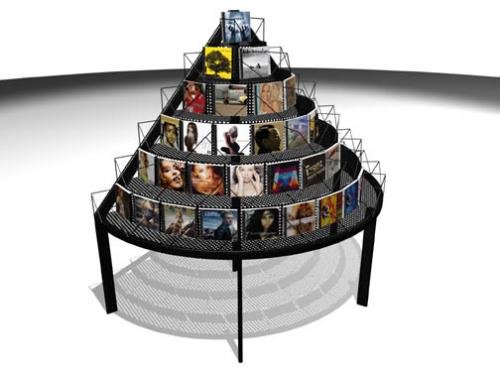
If you want to read the word unit over and over again until it loses all meaning, head over to Billboard to read a mind-meltingly dull article about the continued decline of physical album sales following the second quarter of 2012. If you’d rather spare yourself the pain and suffering, here’s the lowdown: even though Adele single-handedly propped up album sales in 2011 by getting your Aunt Trudy into the CD section of Best Buy, 2012 so far looks like a return to form, with sales of physical albums down 3.2%.
The online landscape continues to improve, with digital sales already growing by 13.8% in 2012 (thanks, Gotye!). This is still considered to be a bad thing, because the number of digital units plus the number of physical units totals fewer units overall as compared to the year prior.
What this analysis doesn’t take into consideration is the difference in the cost of producing/distributing a physical CD to a retail outlet versus the costs of getting a track or album into a digital storefront for download. One clearly has more upfront costs on the producer/supplier side. Even though people generally pay less for a track or album than they would for a physical CD, the profit margins have to be better for digital sales. While the record labels continue to be the biggest whiners when it comes to ‘the decline of the music industry,’ it’s really the traditional chain-type retail store that’s hurting.
As much as one can throw out numbers and percentages that demonstrate the decline of music sales until the cows come home, the reality is that people are being given a wider selection of music from a larger number of sources, both free and fee-based. Moving forward, chart-dominating behemoths like 21 are more than likely going to be considered anomalies, both because of the increase in niche-based output and because the old way of determining what’s popular needs to be retooled to reflect the way that people actually find and consume music in this, the internet age. Bottom line: units.